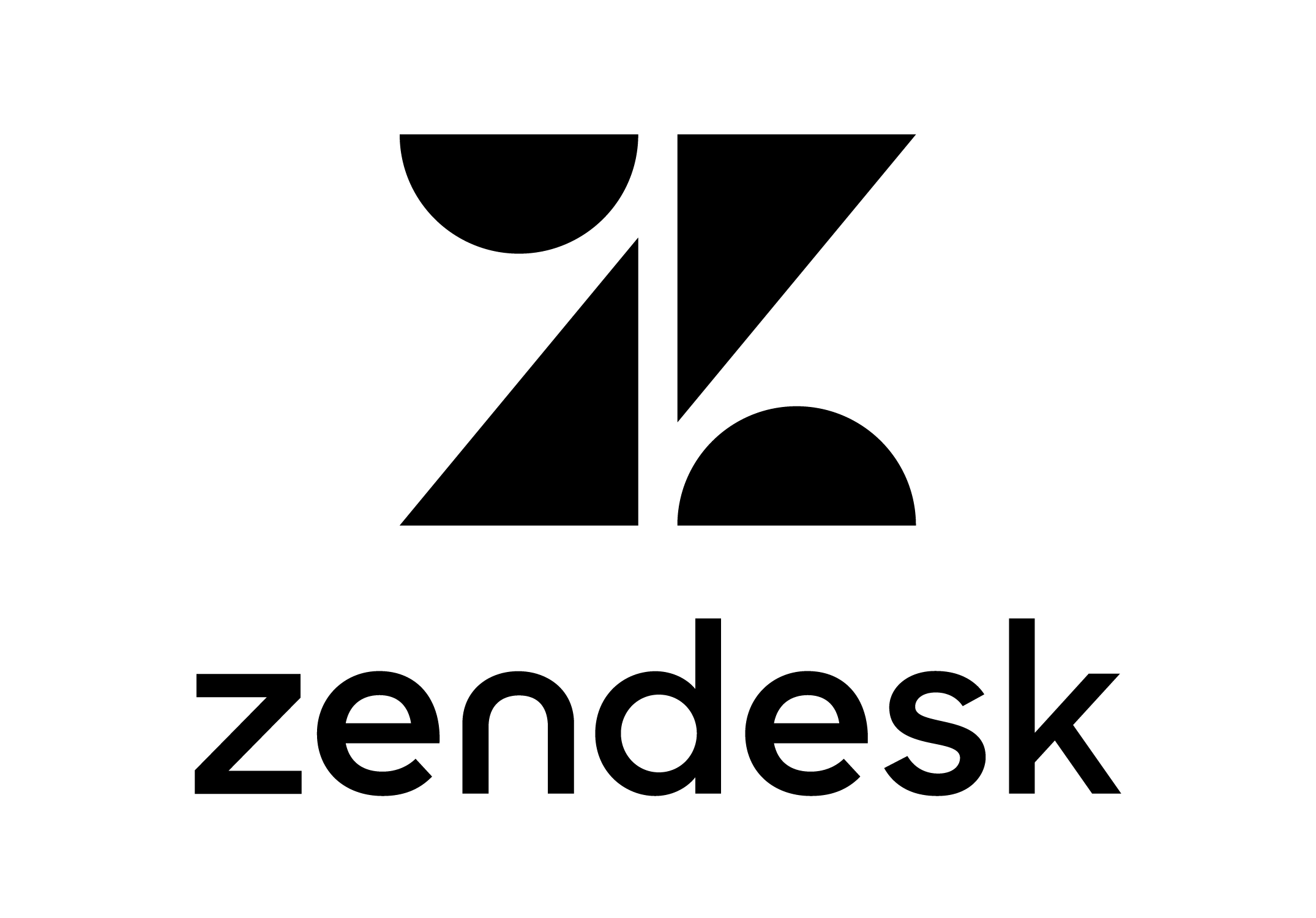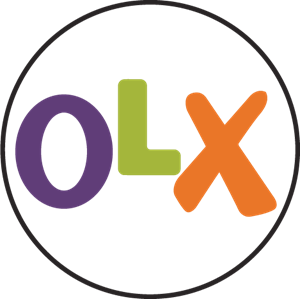Sorting
From A to Z
Deployments found: 2
The world is Runeterra. With skill, teamwork, and a little luck, you’ll guide your summoned champion—a mage or tank, for example—toward the ultimate victory: the successful destruction the other team’s heavily guarded Nexus.
With more than 100 million monthly active users, Riot Games’ League of Legends has built a devoted fan base across the globe, spawning competitive league play and highly watched matches on Twitch and YouTube. Launched in 2009, this multiplayer online battle arena (MOBA) game retains and attracts new players due to its compelling design. Behind that, it’s Riot Games’ player-first mentality that makes it all possible.
Much like how a successful League of Legends team adjusts its strategy to stay ahead of its opponents, Riot Games’ player support organization constantly searches for ways to reduce obstacles that keep players from doing what they love: playing video games.
“Our founders, Brandon ‘Ryze’ Beck and Marc ‘Tryndamere’ Merrill, wanted to make a game as players, for players,” explained Shaun ‘BlueFire’ Randall, a product manager in Support Engineering at Riot Games. “Each day, Rioters from support to product try to make the player experience better.”
In the game’s early years—as its base began to grow exponentially—Riot used email to handle player support requests. But as volumes increased it was apparent that the company needed a better solution to support players. After evaluating several vendors, Riot Games found a match in Zendesk.
“Our line of thought was that Riot was a growing company, so if we could pick another partner that looked like it had a similar growth trajectory and similar values to us, we would be able to have this long-term partnership that would allow us to stick with one CRM solution rather than trying to do the CRM hop every few years while negotiating contracts,” Randall said. “Zendesk is very much focused on the player experience. I feel like we’ve always been able to speak honestly with each other.”
Being able to work closely with Zendesk has helped Riot Games build an organization of more than 500 agents providing technical and merchandising support across a dozen international regions. The teams apply an omnichannel support strategy and offer self-service, as well as help through email, chat, and a web form. During a typical year, the player support organization receives over 3 million support tickets.
This kind of volume could easily lead to a prohibitively large support organization with adverse effects on the bottom line, or to a sizeable backlog and decreased player satisfaction. Yet with an omnichannel solution, and by leveraging Zendesk’s extensibility through the Zendesk API, Riot Games was able to scale with player adoption and subsequent volume. Its custom-built apps are as innovative as its games and help to deflect tickets that would otherwise require additional headcount. More importantly, Riot Games has been able to address what it sees as essential: reducing player wait times.
The team on which Randall sits is known as the “Wolf Engineering” team, a nod to Winston Wolfe in Pulp Fiction, because they solve problems—oftentimes tough, complex ones. For example, Riot Games’ Hextech repair tool, a project led by Adam ‘Mada’ Petersen, is sent to players via macros and helps players configure their device to play League of Legends optimally. “Players can use the tool to read their process list and in return, the app tells the player which processes are good and which processes might be conflicting with the game,” Randall explained.
Meanwhile, Blitzcrank Bot, an automated solution handler created by Michael ‘Channel Cat’ Hill, identifies common requests such as account recovery (lost passwords or hacked accounts) and is sometimes able to respond in a matter of seconds. To do so, Riot Games created a service that reads all Zendesk data and applies that data to the company’s proprietary machine learning.
The outcome? The automation responds so fast—usually in less than 30 seconds—that satisfaction around these types of issues has significantly spiked. The secret was also shared on Reddit—how to submit a ticket to Riot Games to get the bot first, instead of waiting for an agent—resulting in a busy day for the bot. It received approximately 20,000 tickets in 24 hours.
Riot Games has also put the Zendesk API to use building its Player Support Integration Tool, which helps agents locate relevant data about player bans and other info, at times cutting ticketing resolution times in half. And, as the company has expanded into regions where English isn’t spoken, it has used the API to build a macro translator that changes the title into the appropriate language without changing the backend tags. This prevents confusion for agents and helps to ensure that duplicate macros aren’t sent to players when duplicate tickets are submitted.
The company’s embrace of the Zendesk API and Zendesk Guide has also led to delivering dynamic content for the Riot Games help center, reducing load times for players seeking answers via self-service. “This lets us get closer to the web component world where we can change the page without having to reload it,” Randall said. “We have zero subsequent page load times in Zendesk, so after you hit our first page, you will have basically millisecond load times on every other page in the Zendesk instance.” Randall credited Jarrod “Get Gooder” Spurrier for this feat, made possible through intelligent caching.
“We found that if we could drastically reduce load times, players would spend more time in the help center, which would often result in the player not losing time waiting for an answer, which leads to frustration and decreases their satisfaction,” he said.
Player satisfaction is everything at Riot Games, and top players are often recruited from the player base to become support agents. In this way, many of Riot’s agents have an intimate understanding of the pain points of the game. “They have to be a great player support agent and a pretty good League of Legends player, too,” Randall said. And because Zendesk is easy to use, new agents are able to quickly ramp up and are operating at full capacity within two months.
“I’m a huge proponent of Zendesk. There have been times when someone said, ‘Hey, we could build our own version of Zendesk’ and I say, ‘No. What are the chances that we’ll be able to make something that can keep up with Zendesk’s innovation?’ Zendesk gets a wealth of ideas from customers and often anticipates our needs before we’re even able to articulate or understand them.” – Shaun ‘BlueFire’ Randall, Product Manager Support Engineering
Whether you live in Berlin or Buenos Aires, Cape Town or Caracas, chances are you’re facing one of modern life’s recurring problems: admitting that the expensive stationary bike you bought to get into shape has become a clunky, makeshift clothes hanger. Or maybe you’ve just finished Marie Kondō’s The Life-Changing Magic of Tidying Up. Either way, the bike has to go.
However, instead of unceremoniously dumping the bike at the curb, you’ve decided to recoup some money by selling it, or even trading it for something you’ll actually use. That’s where OLX can help. Founded in 2006 as a classifieds platform for the buying, selling, and trading of goods and services, OLX serves more than 40 countries. Its sites, like LetGo or OLX India, see an average of 54 million listings per month, with an eye-popping 1.7 billion page views. Purchased by global entertainment and technology investor Naspers Classifieds in 2010, OLX employs 1,200 workers worldwide.
With that global footprint comes complex considerations for taking into account cultural differences and providing multilingual support. Previously, OLX maintained a hodgepodge of in-house customer service solutions. For example, a custom third-party tool for the Latin America region was used to cover support for 14 countries. Maintenance of these tools left a lot to be desired, as Cynthia Toral, Product Owner for OLX Global explained. The processes of creating automated notifications and triggers for agents proved burdensome and so Toral set out to find a robust, unified solution that could be rolled out globally.
After reviewing Freshdesk and other providers, OLX chose Zendesk’s omnichannel solution for its easy configuration and ability to be customized using the Zendesk API. Toral felt confident the workflows they could set up in Zendesk Support would help customer service managers prioritize work for their teams.
“That’s something that is not very common,” said Toral, who has been with OLX for more than nine years. “Freshdesk, for example, is very flexible in terms of what you can change, with the code for the help page, but it has no configurations at all for the agent, and that’s something that we need. We want to offer the best possible support and have very satisfied users.”
After implementing Zendesk in September 2014, OLX quickly took advantage of Zendesk’s multi-branding capabilities. With over 90 global sites to support, OLX rolled out 35 instances of Zendesk, customized for different regions and often segmented using the Multibrand feature. “We started with 14 countries in Latin America.” Toral said.
Zendesk allows OLX to easily focus on the channel preferred by its customers instead of using a one-size-fits-all approach. “It depends on the needs of the market,” Toral said. “Let’s take South Africa—we need to have phone support because the African markets have a stronger demand for phone support than email. Everybody has a mobile phone, but not everybody has an email address.”
One channel that has risen to the top in many markets is live chat, and OLX has leveraged Zendesk to proactively initiate chats in service of overall ticket deflection. For example, OLX India has Zendesk Chat embedded in its Android app—so when customers navigate away from an ad posting page, the chat widget pops up to encourage the customer to complete the ad.
“At the end of the day, we wanted to help convince the user to post the ad,” Toral said, and the team is then able to look at the number of conversations they’ve had around an ad posting, as well as the number of ads posted after that proactive interaction.
Another way that OLX was able to reduce the number of tickets submitted was by creating market-specific self-service articles in Zendesk Guide, which led to a 40 percent reduction in tickets globally. The company is constantly committed to try and test the efficacy of different approaches. OLX has also experimented with autocomplete on forms, suggestions based on fields rather than text, and is currently adding a pop-up box with possible solutions to help users find the most relevant help center content for a particular site.
“Let’s say you want to recover your password—we’ll suggest, ‘Please click here,’” Toral explained. “We measured suggested content in every single custom contact field we have on the contact form, and we noticed that we had reduced 30 percent of the tickets for those basic questions.”
With so many sites operating around the globe, data analytics for OLX has proven to be both extremely challenging and absolutely critical. To tackle this task, OLX has begun to take advantage of Zendesk’s API. “We’re building a dashboard where we are extracting data from the API for all the Zendesk accounts,” Toral said. “We’re building this ‘Voice of the Customer’ dashboard where we’re going to have all the contact reasons selected by the users can can relate this info with the platform used by the user, and even by the version of the app. From there we can really build a stronger product.”
The overall goal is to share the information between countries and regions and to be able to compare metrics from a central source. It’s a work in progress, Toral said. “The thing is, you need to get the information from the customer insights, but you cannot say, ‘Let’s read 200,000 tickets a month from around the globe and see what customers are saying,’” she said. “The only intelligent way to do that is to add a little bit of effort on the user side, so the user needs to select the reason for the contact. Then, with those contacts and those fields, we can create better reporting.”
As Toral sees it, creating better reporting and making life easier for agents will translate into happier customers—and Zendesk plays a crucial role in those efforts. “By having only one tool and everything integrated with Zendesk, it’s easier to have a clear overview of what we are all doing,” Toral said. “We want all of our third-party support and quality assurance-related vendors to integrate into Zendesk so that we have all information in a single place.”
“The Zendesk API is very solid, so it’s easy to work with it.” – Cynthia Toral, Product Owner – OLX Global



